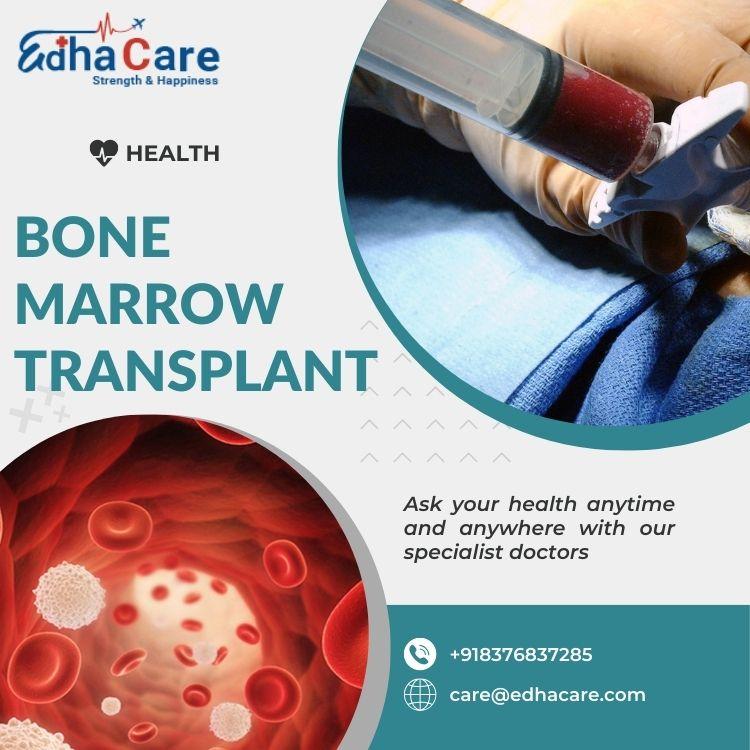What Happens 60 Days After Bone Marrow Transplant Need To Know

A bone marrow transplant (BMT) is a life-saving procedure for individuals with certain cancers, blood disorders, or immune deficiencies. However, the journey to recovery doesn’t end after the transplant itself. The period following the procedure is marked by critical milestones, and the 60-day mark is particularly significant in the recovery timeline. This article explores what patients, caregivers, and families can expect 60 days post-transplant, focusing on physical, emotional, and medical aspects.
The 60-Day Milestone: A Snapshot
By day 60 post bone marrow transplant, the patient shifts to the early recovery phase, monitoring for long-term success and managing emerging challenges. Key aspects of this stage include the transition from the acute phase and the focus on post-transplant complications.
1. Graft Engraftment and Function
Engraftment, when transplanted stem cells produce new blood cells, typically occurs within the first two to four weeks post-transplant. By day 60, most patients experience engraftment, confirmed by regular blood count monitoring to ensure proper bone marrow function in producing red blood cells, white blood cells, and platelets.
Successful engraftment signs include stable or improving blood counts, decreased need for transfusions, and lower infection risk from recovering white blood cells.
2. Risk of Infections
The immune system remains suppressed at 60 days post-transplant, making patients infection-prone despite improved white blood cell counts; it takes months to fully reconstitute. Precautions include keeping a clean environment, following dietary restrictions, handwashing, avoiding crowded places, and taking prescribed prophylactic medications.
3. Monitoring for Graft-Versus-Host Disease (GVHD)
Patients with post-allogeneic transplants face GVHD risks, notably acute GVHD by day 60. This issue arises from the donor's immune cells attacking the recipient's skin, GI tract, and liver. Symptoms include skin irritation, diarrhea, and jaundice. Treatment usually consists of corticosteroids or immunosuppressive meds. Regular follow-up is vital for timely care.
4. Fatigue and Physical Recovery
Post-transplant, bone marrow recipients commonly experience fatigue due to the transplant process, treatment aftereffects, and immune system restoration. To manage this, they should gradually boost activity, eat a healthy diet for recovery support, rest when needed, and consider gentle exercises or physical therapy like walking or yoga for improvement.
5. Emotional and Psychological Health
The bone marrow transplant journey may affect emotional well-being, leading to anxiety, depression, and post-traumatic stress at 60 days. Support groups, counseling, and communication with loved ones are crucial, with many centers providing specialized psychological services for BMT patients.
6. Nutritional Considerations
Proper nutrition is crucial for recovery, especially for patients around day 60 post-transplant. They transition to a more diverse diet cautiously. Recommendations include: eating well-cooked foods to prevent infections, avoiding raw meats, and staying hydrated with small, frequent meals if appetite is low. Dietitians help ensure patients meet their nutritional needs safely.
7. Follow-Up Care and Testing
Regular follow-up appointments are crucial at this stage, including blood tests, imaging or biopsies, medication adjustments, and vaccinations to boost immunity later in the recovery process.
Challenges and How to Overcome Them
Lingering symptoms can include mouth sores, neuropathy, and insomnia( “often chemo brain). Treatment may involve medication, therapy, or integrative methods like acupuncture. Despite reaching day 60 as a milestone, the risk of disease relapse persists. Doctors monitor for recurrence signs through tests and may suggest maintenance therapies or trials.
Tips for Patients and Caregivers
-
Stay informed about potential risks like GVHD or infections.
-
Follow medical advice diligently. Build a strong support system with family, friends, and healthcare providers.
-
Celebrate progress by recognizing small victories and milestones.
-
Be patient; remember that recovery is a gradual process towards long-term healing.
Conclusion
The 60-day mark is an important checkpoint in the bone marrow transplant recovery journey. While challenges persist, this phase also brings signs of progress and hope for the future. With vigilant care, ongoing medical support, and a positive mindset, patients can continue moving toward full recovery and a renewed lease on life.
For more information visit the official site:: https://www.edhacare.com/treatments/organ-transplant/bone-marrow
- Art
- Causes
- Crafts
- Dance
- Drinks
- Film
- Fitness
- Food
- Spiele
- Gardening
- Health
- Home
- Literature
- Music
- Networking
- Other
- Party
- Religion
- Shopping
- Sports
- Theater
- Wellness


